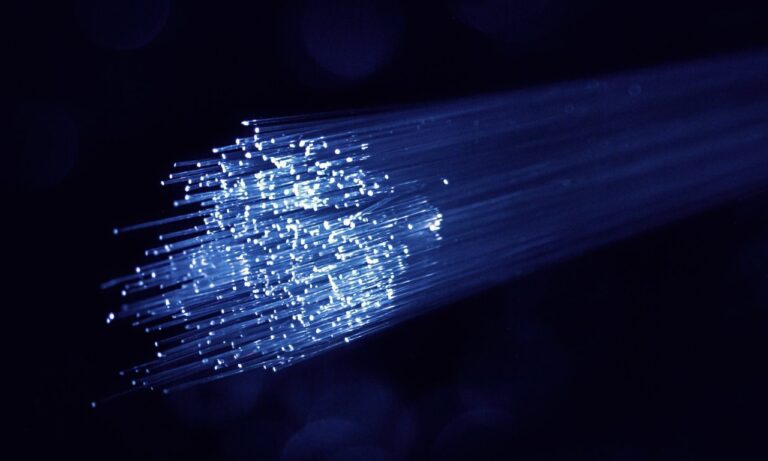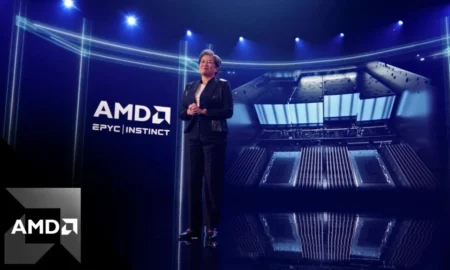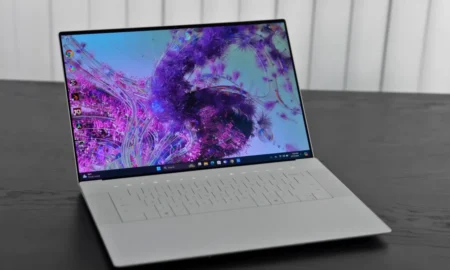Are you in the market for a fiber optic connector but feeling overwhelmed by all of the options available? Choosing the right connector is crucial to ensure fast and reliable network performance, so it’s important to consider several factors before making your decision. In this post, we’ll explore five key factors that will help you choose the perfect fiber optic connector for your unique network needs. From compatibility to durability, read on to discover what you should be looking for when selecting a fiber optic connector.
Introduction to Fiber Optic Connectors
Fiber optic connectors are an important part of any fiber optic network. They provide the connection between two pieces of equipment or devices and allow for the transfer of data between them. There are a variety of different types of fiber optic connectors available on the market, and each has its own advantages and disadvantages. It is important to select the right type of connector for your specific needs in order to ensure optimal performance and compatibility.
There are three main categories of fiber optic connectors: single-mode, multimode, and hybrid. Single-mode connectors are designed for use with single-mode fiber optics, which have a very small core diameter that allows only one light mode to propagate. Multimode connectors are designed for use with multimode fiber optics, which have a larger core diameter that allows multiple light modes to propagate. Hybrid connectors are designed for use with both single-mode and multimode fiber optics.
When selecting a fiber optic connector, it is important to consider the following factors:
- Fiber type: Single-mode or multimode?
- Connector type: LC, SC, ST, FC, MTRJ, MPO/MTP?
- Compatibility: Is the connector compatible with my equipment?
- Attenuation: How much signal loss will occur through the connector?
- Insertion loss: How much signal loss will occur when connecting/disconnecting the connector?
- Return loss: How much-reflected light will be sent back through
Types of Fiber Optic Connectors
The type of fiber optic connector you choose for your network needs will depend on a number of factors, including the type of network you have, the type of equipment you are using, and your budget. There are a variety of fiber optic connectors on the market, and each has its own advantages and disadvantages.
The most common type of fiber optic connector is the SC connector. SC connectors are compatible with most networking equipment and are relatively inexpensive. However, they are not as durable as some other types of connectors and can be difficult to install.
Another popular type of fiber optic connector is the ST connector. ST connectors are more durable than SC connectors and are easier to install. However, they are not compatible with all networking equipment and can be more expensive.
If you have a high-speed network or need to connect multiple devices, you may need to use an LC or MPO connector. LC connectors provide high data rates and can be used with both single-mode and multimode fibers. MPO connectors are designed for use with multimode fibers and can support data rates up to 10 Gbps. However, they are more expensive than LC connectors and can be difficult to install.
Factors to Consider When Choosing a Fiber Optic Connector
There are many factors to consider when choosing a fiber optic connector for your network needs. The first factor is the type of connector you need. There are two main types of connectors: ST and LC. ST connectors are the most common type of connector and are used in most applications. LC connectors are smaller and more durable, making them ideal for use in harsh environments.
The second factor to consider is the mode of the connector. Single-mode connectors are used for long-distance applications, while multi-mode connectors are used for shorter distances.
The third factor is the ferrule type. The most common type of ferrule is the zirconia ceramic ferrule. However, there are also metal ferrules available that offer better durability.
You need to consider the polarity of the connector. There are two types of polarity: key up/key down (KU/KD) and key up/key left (KUL). Key up/key down polarity is the most common type and is compatible with most devices. Key up/key left polarity is less common but is required for some devices such as SFP+ transceivers.
Durability & Reliability
As the world increasingly relies on data and information to function, it’s more important than ever to have a fiber optic connector that is both durable and reliable. Here are some factors to consider when choosing a fiber optic connector for your network needs:
- Material – The material of the fiber optic connector is important for durability and reliability. Choose a material that is resistant to corrosion and wear and tear.
- Connector Type – There are many different types of fiber optic connectors, so it’s important to choose the right one for your needs. Consider things like compatibility, connection speed, and data capacity when choosing a connector type.
- Installation – Proper installation is critical for any type of connector, but especially for fiber optic connectors. Make sure you have the proper tools and know-how before attempting to install a fiber optic connector yourself.
Cost
The cost of a fiber optic connector is an important factor to consider when choosing the right one for your needs. There are many different types of connectors available on the market, and each has its own price tag. Depending on the brand, features, and quality, prices can vary significantly. It’s important to compare prices from multiple vendors before making a purchase to ensure you’re getting the best deal possible.
Installation Ease
When it comes to installation, fiber optic connectors are very easy to install. You won’t need any special tools or equipment. All you need is a screwdriver and some basic hand tools. The process is simple and straightforward, so you can do it yourself without having to hire a professional.
If you’re not comfortable doing it yourself, there are plenty of companies that offer installation services. They will usually charge by the hour, but the cost is typically very reasonable.
Performance
There are many factors to take into account when choosing a fiber optic connector for your network needs. The first, and perhaps most important, is performance. Fiber optic connectors come in a variety of shapes, sizes, and materials, each with its own advantages and disadvantages. Which type of connector you choose will depend on the specific requirements of your application.
For example, if you need a high-performance connection, you might choose an LC or FC connector. LC (Lucent Connector) connectors are smaller than FC (Fiber Optic Connector) connectors and have a higher data transmission rate. However, they are also more expensive. If cost is a primary concern, an ST or SC connector might be a better choice. ST (Straight Tip) connectors are the most common type of fiber optic connector and are very inexpensive. SC (Subscriber Connector) connectors are slightly more expensive than ST connectors but offer better performance.
When choosing a fiber optic connector, it is also important to consider the environment in which it will be used. Some connectors are designed for use in harsh environments, such as outdoor applications where they may be exposed to weather extremes. Others are designed for indoor use only. Be sure to select a connector that is appropriate for the intended application.
It is important to consider the compatibility of the fiber optic connector with the equipment that will be used with it. Many manufacturers offer adapters that allow different types of fiber optic connectors to be used
Compatibility
When choosing a fiber optic connector for your network needs, there are many factors to consider in order to ensure compatibility. First, you need to identify the type of connector that is compatible with your equipment. There are many different types of connectors available on the market, so it is important to consult with a professional or do your research in order to find the right one for your needs. Once you have identified the type of connector you need, you also need to consider the size and shape of the connector. Some connectors are large and bulky, while others are small and sleek. You need to choose a connector that is compatible with the size and shape of your equipment. You also need to consider the polarity of the connector. Some connectors are positive polarity while others are negative polarity. You need to choose a connector that is compatible with the polarity of your equipment.
Conclusion
In conclusion, there are many factors to consider when choosing the right fiber optic connector for your network needs. From the type of connector, the material used, and the size needed to ensure compatibility with other devices on your network – all these should be taken into account before making a purchase. We hope that this article has provided you with some helpful information about fiber optic connectors and given you an idea of what features to look for when searching for one that best suits your requirements. Good luck in finding the perfect fiber optic connection!
Discover more from Technical Master - Gadgets Reviews, Guides and Gaming News
Subscribe to get the latest posts sent to your email.








